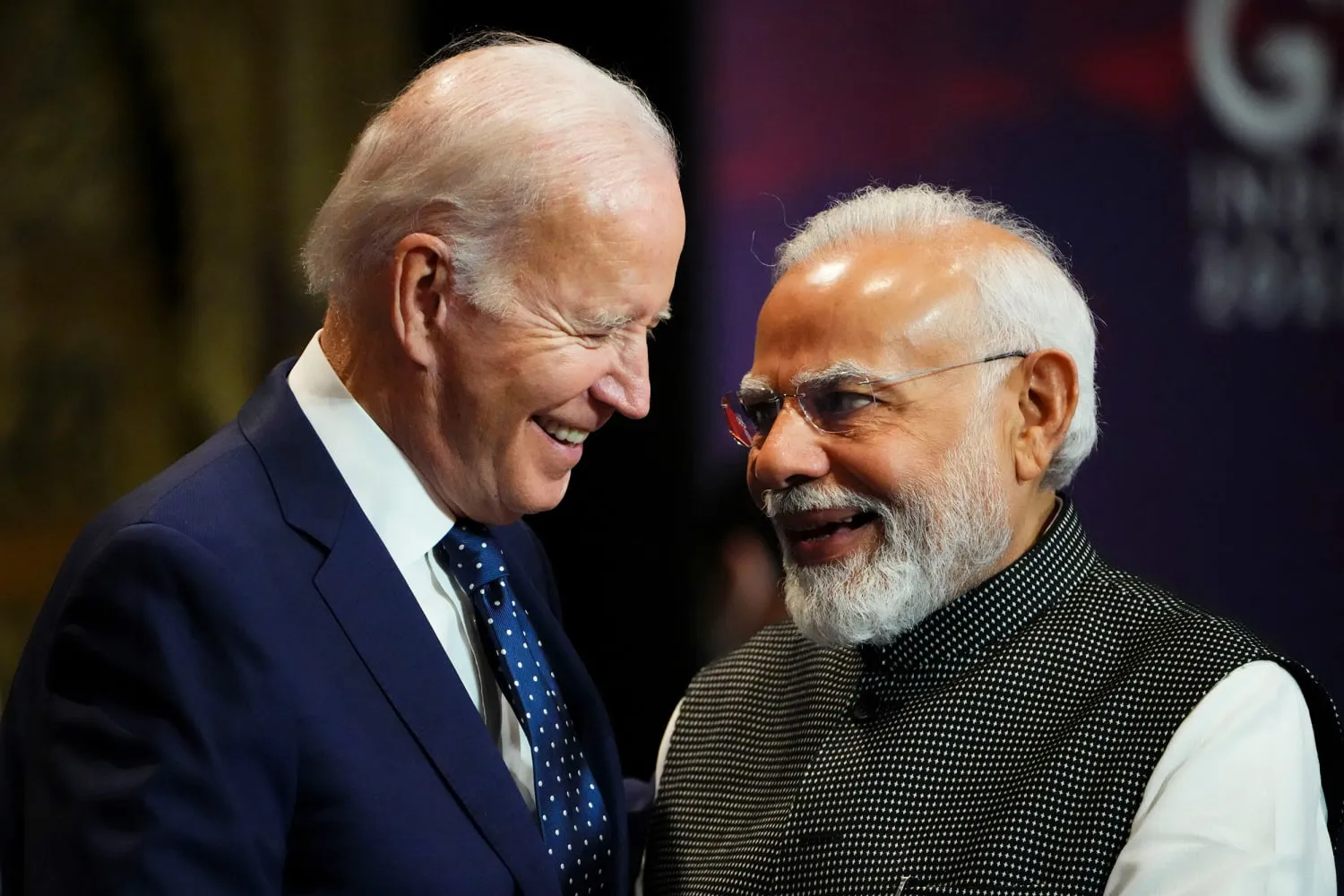India’s discontent with China is on full display at the SCO 2024 summit. Prime Minister Narendra Modi decided to skip the summit in Kazakhstan, sending Foreign Minister Subrahmanyam Jaishankar instead.
China is aggressively promoting de-dollarization at the two-day summit. Russia is also backing China’s stance, urging the use of local currencies for trade instead of the US dollar.

Russia wants its crude oil buyers to pay in Chinese yuan or Russian ruble. Both nations are trying to convince other SCO members to abandon the US dollar in favor of local currencies.
India is not happy with this push. The Modi administration is committed to using the US dollar and is not interested in adopting the Chinese yuan for payments. India saved $7 billion in exchange rates by paying for Russian oil in yuan and rubles in 2022.
However, Russia’s demand to settle every crude oil shipment in yuan did not sit well with India. This led the country to start ditching Russian oil and purchasing oil from the US, paying in dollars.
China’s de-dollarization efforts are paying off
Recent data shows that 52.9% of all trade in China was settled in yuan by March 2024. Only 42.8% of trade was settled in US dollars, a significant drop. If other BRICS members follow China’s lead, the US dollar could be in trouble.
The US dollar’s value relies on supply and demand. If local currencies are used for most transactions, the dollar’s value in forex markets will decline.
Related: Why is India working against the BRICS?
Russia is playing an important role in supporting China’s de-dollarization efforts. It wants buyers of its crude oil to pay in yuan or rubles instead of dollars. This move is part of a broader strategy to promote local currencies for trade within the SCO.
India fears that China is using the SCO 2024 summit to advance its de-dollarization agenda and strengthen its economy. The Modi administration wants to avoid the yuan and maintain the dollar’s prominence in trade settlements.
Reporting by Jai Hamid





